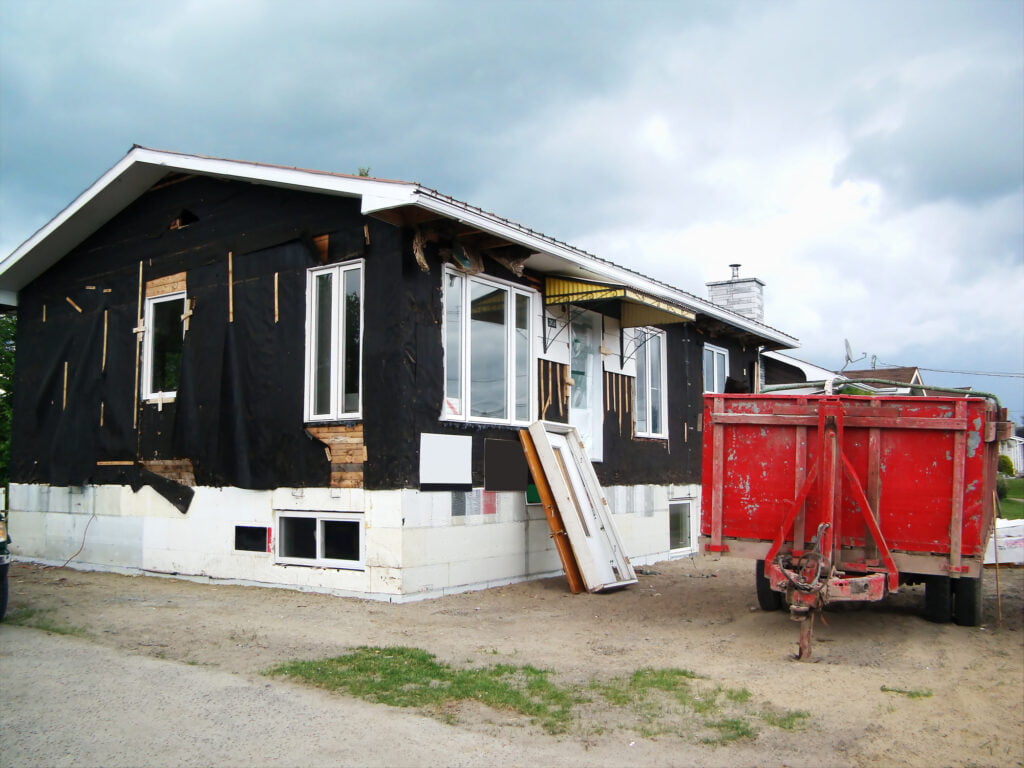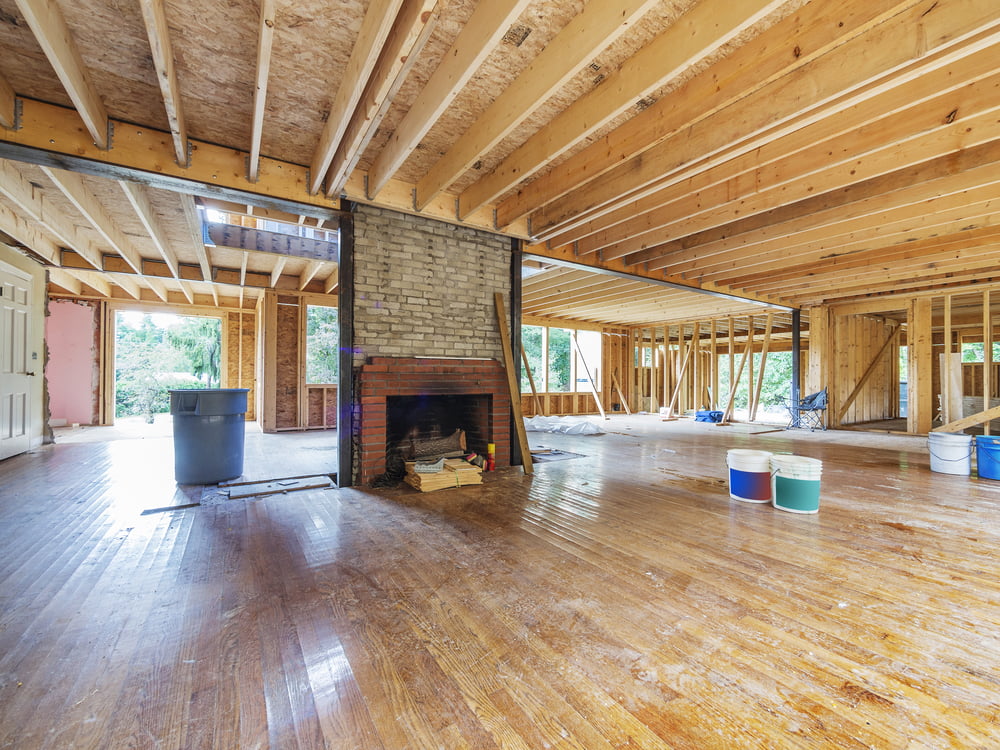Peeling paint is an eyesore. It’s the appearance blemish in a house that begs for some much needed attention to rectify. It also poses the important question: what caused it and how can it be fixed?
Peeling paint is a common problem in homes and most owners will fix this issue if they are planning to sell their home. But in some circumstances, peeling paint offers new home buyers the opportunity to purchase a fixer upper that will require much work to get it looking amazing. If you are looking to purchase a property where the paint is looking a little worse for wear, here are some things to consider before securing that property as your own.
What causes peeling paint?
The question that gets asked when peeling paint is noticed is, ‘What has caused it?’ Is it the sign of an underlying issue that also needs to be rectified or is it just wear and tear in the house that needs a bit of attention.
In most circumstances, peeling paint is due to the age of the property. Paint doesn’t last forever. It is recommended that walls in rooms should be painted every 3 to 4 years. Walls in corridors and hallways should be done more frequently at around 2 to 3 years.
If the paint is peeling from the walls, it may be that age has had a part to play and therefore a bit of TLC will be needed to get the walls looking new again.
Some of the other common reasons for paint peeling off the walls include:
• Moisture getting underneath the paint, causing it to bubble and peel. This is more common in bathrooms where steam can damage the walls if they haven’t been tiled to the ceiling.
• Inadequate preparation of the plasterboard before being painted. If the wall hasn’t been cleaned or prepped adequately, it is guaranteed the paint will peel in the near future.
• Using poor quality paint. You get what you pay for when you purchase paint. Always buy from a reputable supplier and brand that is known to withstand wear.
• Using old paint. Paint has a use-by date. If an old tin of paint has been used, the finish and future quality won’t be as good as a new paint.
• No primer for the first coat. Priming the walls is part of the preparation and skipping this step can cause the paint to peel in the future.
• Dryness and drought can also cause walls to move and paint to crack.
• Too many coats of paint. It’s true that one can overdo it when reapplying paint to the walls. Too many coats of paint can lead to peeling down the line.
• Painting wood can cause paint to peel as the natural oils in the wood react with the paint, causing it to peel.
How much does it cost to fix peeling paint issues?
How long is a piece of string? Peeling paint is one problem and fixing the peeling patch won’t give smooth or even finish for the rest of the wall. A patch job can look just as bad as the peeling paint.
If there are certain sections of peeling paint in your potential (or existing) home, the paint will need to be stripped or sanded off the existing surface. The walls will then need to be primed and a minimum of 2 coats of quality paint should be applied. The cost will depend on the size of the area you’re painting and the paint you choose. Purchase the best quality paint you can afford, because painting is a job that should be done well the first time.
If you opt to get professionals in, they can charge between $20 to $40 per hour. Consider if you have the budget for this or whether it’s a job you can handle yourself. Handling the painting yourself can save you a substantial amount of money, but it can take time and sometimes the finish may not be as good as a professional.
How to prevent paint peeling in the future
The best way to prevent paint from peeling in the future is to consider these steps:
1. Always spend time preparing the surface you wish to paint.
2. Check for moisture. Investigate the cause of the moisture and fix this underlying issue before preparing to paint your walls.
3. Prime before you paint.
4. Purchase the best quality paint you can afford.
5. Apply a minimum of 2 coats of paint.
If you don’t want to paint the area yourself or you’re concerned about whether you will get the finish you’re after, hire a professional.
Maintenance is key to prevent peeling surfaces from occurring. If you follow the rule of thumb in painting every 3 years, you will hopefully avoid seeing shards of paint peel from the walls.
Peeling paint happens in every property at some point, so it’s important to remember it’s a problem that may not necessarily be avoided, but certainly can be fixed when it does happen.
Is it worth investing in a property with peeling paint issues?
When hunting for a new property, you may come across houses with peeling paint and question whether there is an opportunity to offer a lower price due to the condition of the home. This tactic can work in your favour or it could work against you if the peeling paint is a trigger to an underlying bigger problem you may not have considered or noticed. It’s always recommended to get a professional pre-purchase building inspection done on a property before you consider purchasing it. A building inspector will know what to look for when identifying peeling paint in a property and will identify other issues that will give you a greater understanding of what kind of property you’re purchasing.





